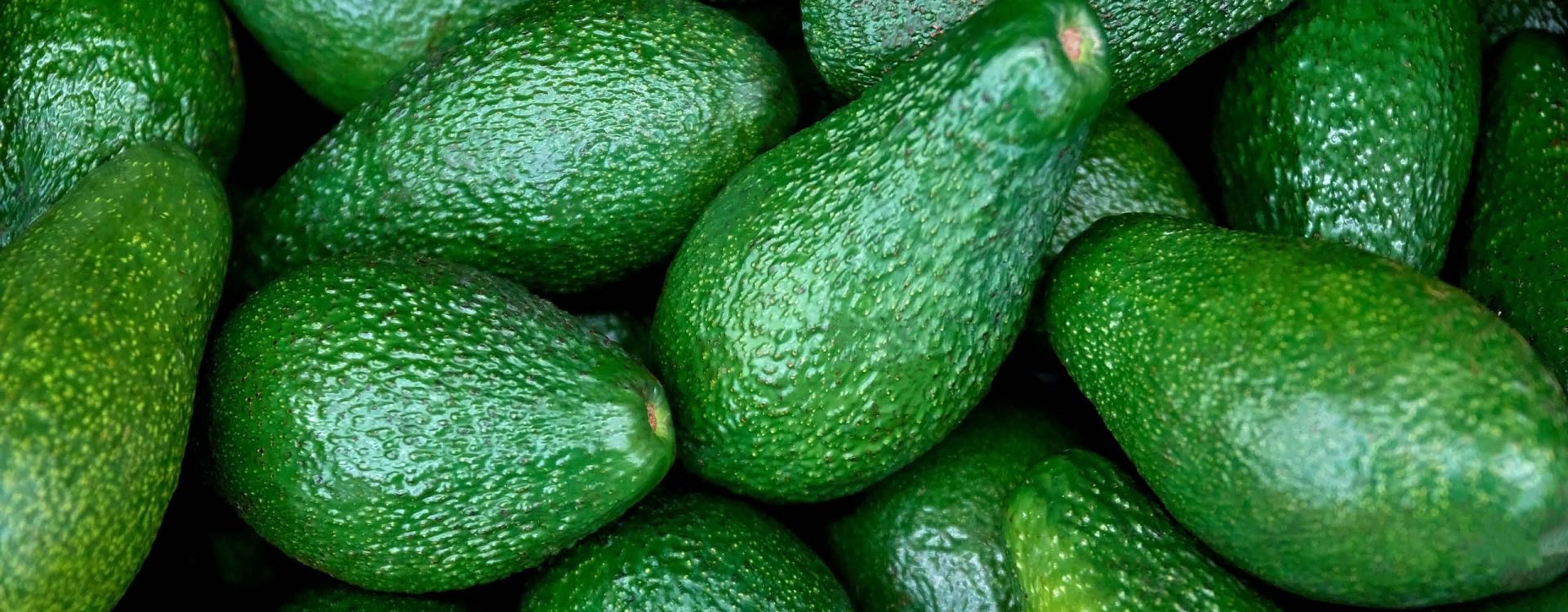By the time you reach your second trimester, you’re a pro at being poked, prodded, and asked for blood work nearly every time you head to your doctor. There’s another test that awaits you this trimester — one you’ve probably heard of from your friends. It’s known as the glucose tolerance test. To get through it, you’ll have to chug something called the glucose drink and then get your blood drawn (another poke!).
While it’s not as fun as getting to see your baby via an ultrasound, the glucose tolerance test is an important one. And it’s for a good cause — namely, a healthier pregnancy and baby.
What Is the Glucose Tolerance Test?
Glucose is doctor-speak for sugar, so the glucose tolerance test is a way to check how your body responds to sugar. Your body converts everything you eat into glucose, which it uses for energy. If too much sugar stays in your blood that can be a sign of gestational diabetes.
Pregnant women usually take the glucose tolerance test sometime between week 24 and week 28 of pregnancy. If diabetes runs in your family, though, your OB/GYN may suggest you take the glucose tolerance test during your first trimester. Other risk factors include [*]:
- Being very overweight or obese.
- Physical inactivity.
- Sugar in a urine test during your prenatal checkup.
- High blood pressure.
- Gestational diabetes during a previous pregnancy.
- Delivered a 9-pound (or larger) baby during a previous pregnancy.
Why Is the Glucose Test Done?
Simple — it’s the best way to check for gestational diabetes. No one knows exactly why roughly 10 percent of expectant moms develop gestational diabetes [*]. Pregnancy hormones can mess with insulin production, but most expectant women’s bodies compensate by making more insulin so blood sugar remains normal.
Some women produce too little insulin, though. That means their bodies aren’t getting the energy they need and blood sugar levels are too high. That can lead to health problems, during pregnancy and possibly beyond.
Developing gestational diabetes doesn’t mean you’ll have diabetes forever. It does mean you have to be more careful about managing your blood sugar levels through diet and exercise. Plus, you’re more at risk for problems during pregnancy, including developing high blood pressure and pre-eclampsia, a serious pregnancy complication.
Gestational diabetes can also affect your baby. You’ll pass on that extra blood sugar to your baby, who doesn’t need it either. Babies born to moms with gestational diabetes are usually over 9 pounds, which makes childbirth really tough. And they tend to develop breathing problems and jaundice after they’re born.
How to Prepare for the Glucose Test
Unlike most tests, you don’t have to do a lot prep for your glucose tolerance test — at least during the first-step test (more on the other test later). You can eat normally, though your OB/GYN might suggest going easy on the sugary foods. (So no French toast smothered in syrup or a big glass of fruit juice, say.) The following are the steps to take to prepare for your glucose test:
- Refrain from eating after midnight on the day preceding the test, unless otherwise advised by your doctor.
- Bring a small snack to consume after your blood draw appointment.
- At your appointment, you'll receive a sweet glucose solution, often referred to as glucola, to drink.
- The goal is consume the entire solution within five minutes.
- Avoid eating anything following the intake of the glucose solution.
- Limit your beverage intake to water only after drinking the glucose solution.
- Your blood will be drawn one hour after completing the glucose solution.
How the Glucose Test Is Performed
There are actually two glucose tolerance tests. Depending on what the first test shows, you may not have to take the second one.
The Standard Glucose Tolerance Test
The first test will take roughly an hour of your time. After you arrive, you’ll be handed a 10-ounce bottle of a syrupy-sweet glucola drink. Sometimes you can pick the type of glucose drink you get, but most of the time you get an orange glucose drink that’s similar to flat orange soda (but way sweeter).
You have 5 minutes to chug the entire bottle. Then you wait for an hour, either at your provider’s office or the lab. You can’t eat anything as you wait, and you can’t smoke, chew gum or eat mints. You can drink (plain) water, but not a lot.
After an hour, you’ll get your blood drawn. Then you’re free to leave and eat anything you like afterward. If your results are normal, that’s it. If they’re not, though, you’ll have to take another, more intense glucose tolerance test.
The Second Glucose Tolerance Test
This three-hour test involves more prep on your part. You have to fast — so no food or drinks except for sips of water — for at least 8 to 14 hours before arriving at the lab. You’ll get a blood test, and then have to down another 10-ounce bottle of glucose drink, sweeter than the first one.
After an hour, a lab tech will draw blood. You’ll get your blood drawn two more times every 60 minutes after that, for a total of three blood tests.
Then you’ll wait for the results.
All About the Glucose Drink
You probably have a million questions about this mysterious glucola drink. So here are some answers:
Is the Glucose Drink Safe During Pregnancy?
For most, yes. Some women have reported issues if they have sensitivities to an ingredient in the drink. Always discuss food allergens and sensitivities with your doctor or the lab before your test. Also, the American College of Obstetricians and Gynecologists (ACOG) recommends it as part of the glucose tolerance test [*].
What’s in the Glucose Test Drink?
If you just do the first test, there’s 50 grams of sugar (aka glucose) in the bottle. For the second test, the amount of glucose is higher — 100 grams in the glucola drink. The sugar in glucola is typically dextrose (corn sugar). Glucola also contains purified water and preservatives like citric acid or sodium benzoate, food colorings, and soybean oils, but ingredients vary by the brand your lab uses.
What Does the Glucose Test Drink Taste Like?
Like very sweet, flat soda. Depending on the flavor, expectant moms say it’s like drinking flat orange or lemon-lime soda, or even like Kool-aid or Gatorade [*].
Which Glucose Test Drink Flavor Is the Best?
Well, that depends on your tastes. Typically, the glucola drink comes in the following flavors — orange, cola, lemon-lime, and fruit punch. Some pregnant women swear by the lemon-lime, which tastes like a very sweet, flat Sprite. Others like the fruit punch, while some prefer the orange glucose drink as it reminds them of Orange Crush.
Most expectant women say these glucola drinks taste better cold, so if yours isn’t refrigerated, ask for ice.
How Many Ounces Is the Glucose Test Drink?
The glucola drink comes in a 10-ounce bottle.
Understanding Your Glucose Test Results
The blood test that’s part of the glucose tolerance test measures the glucose levels after you’ve chugged all that sugar in the glucola drink. So your doctor is looking for certain numbers to determine whether you fall in the normal range or above it.
- Your blood sugar levels are normal if they’re below 140mg/dL.
- Your blood sugar levels are high if they’re between 140 mg/dL and 189 mg/dL. So your doctor will ask you to take the 3-hour glucose tolerance test.
- You’ll be diagnosed with gestational diabetes if they’re 190 mg/dL or above. You may not have to take another test [*].
Don’t worry if you’re diagnosed with gestational diabetes. It’s totally manageable. Your doctor will work with you or even recommend a nutritionist. Together, the nutritionist and provider will come up with healthy meal and exercise plans that fit your life and keep your blood sugar on track. You’ll probably be asked to monitor your blood sugar levels with a glucometer and come in for more frequent check-ups.
Glucose Test FAQ
Still have questions? Well, we still have answers!
Can I refuse the glucose test when I’m pregnant?
You can refuse any test. but definitely have a conversation with your doctor about why you might want to opt out, and see if they have another solution that may work better for you.
What is Gestational diabetes?
Gestational diabetes is a complication of pregnancy. Having it can put your pregnancy and baby at risk.
Can you drink water before and during the glucose test?
Yes, drinking plain water (no flavors) is fine.
Does the glucose test have side effects?
Some women report feeling dizzy or lightheaded with all that sugar in their system. And some women feel a little queasy. If that happens to you, ask if you may lie down.
Can I use the bathroom during the glucose test?
Yes, you can. And if you’re still feeling dizzy, try wetting a paper towel and putting it across your forehead or the back of your neck.
What can you eat after the glucose test?
Anything, but experts recommend eating a protein-based snack like a handful of nuts or string cheese.
How long does it take to get glucose test results?
Usually one or two days. If you haven’t heard back by then, call your provider [*].
The Bottom Line
The glucose tolerance test is just one of the many screening tests during pregnancy. It’s not so bad, unless you’re really not a fan of super-sugary drinks. And those few swigs of a glucose drink can have a big pay-off. You’ll find out if you have gestational diabetes or not, and can continue the hard but joyous work of growing a healthy baby.
DISCLAIMER: THE INFORMATION ON THIS WEBSITE IS NOT INTENDED TO BE USED AS MEDICAL ADVICE.The materials and information contained on the MiracleCord website is provided for educational and informational purposes only, and is not intended to, and does not constitute, medical or other health advice or diagnosis, and should not be used as such. You should not use this information to diagnose or treat a health problem or disease. If you are seeking personal medical advice, you should consult with a licensed physician. Always consult with a qualified health care provider regarding a medical condition.




